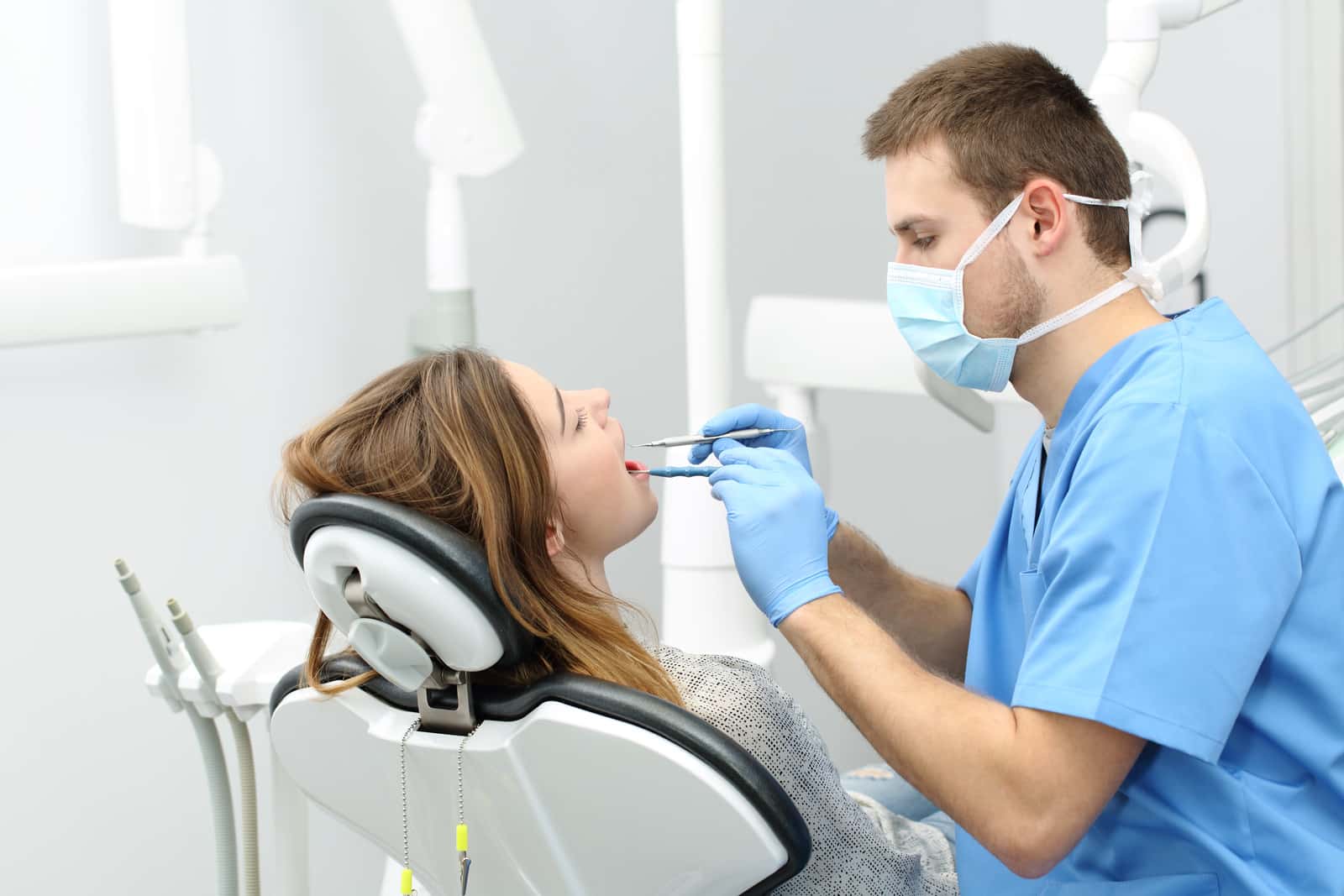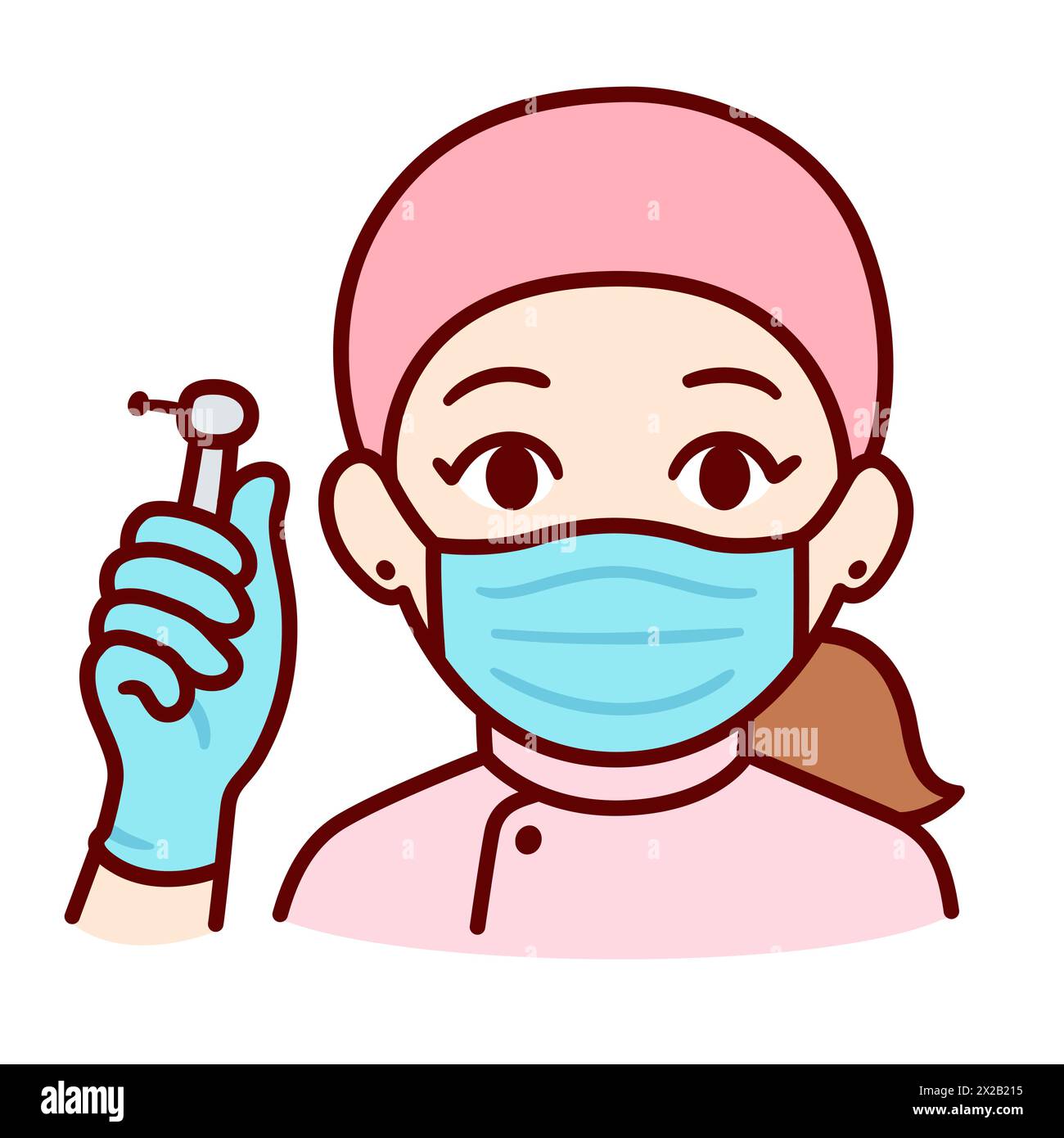Explore the Variety of Dental Issues Dentists Commonly Deal With
From the widespread trouble of tooth cavities triggered by microbial activity to the a lot more perilous progression of periodontal illness, oral specialists must be adept at very early discovery and treatment. Tooth level of sensitivity, frequently resulting from used enamel, adds another layer of intricacy, while the very early recognition of dental cancer cells can be life-saving.
Dental Caries and Tooth Decay
While keeping optimal oral hygiene is necessary, dental caries and tooth decay remain widespread concerns that dental practitioners regularly resolve. Cavities, likewise called tooth decays, are triggered by the demineralization of tooth enamel as a result of acid-producing microorganisms in the mouth. These microorganisms thrive on sugars and starches from food and drinks, creating a cycle of acid strikes that slowly erode the enamel and dentin layers of teeth. If left without treatment, tooth cavities can cause substantial dental problems, consisting of infections and tooth loss.
To diagnose cavities and tooth degeneration, dental practitioners utilize a combination of aesthetic exams, oral X-rays, and sometimes laser fluorescence devices. For more sophisticated decay, a dental professional may need to eliminate the jeopardized tissue and bring back the tooth with fillings made from products such as composite resin, amalgam, or porcelain.
Safety nets are extremely important in combating tooth cavities and tooth degeneration. Routine dental examinations, appropriate brushing and flossing methods, and a balanced diet plan low in sweet foods and drinks are essential techniques that support oral health and minimize the risk of cavities.
Gum Tissue Disease

This creates the gum tissues to pull away from the teeth, producing pockets that come to be infected. As the body's immune system fights the bacteria, the bone and connective tissue that hold teeth in area are broken down.
Dental experts detect gum tissue condition with professional exam and gum probing to gauge pocket midsts around the teeth. Treatment might entail scaling and origin planing to get rid of tartar and bacteria from tooth surfaces and beneath the periodontals.

Tooth Sensitivity
Beyond gum tissue disease, one more common dental problem that people frequently come across is tooth sensitivity. Identified by a sharp, short-term discomfort in reaction to stimuli such as hot, chilly, pleasant, or acidic foods and beverages, tooth sensitivity can substantially influence a client's top quality of life.
Numerous variables add to the advancement of tooth sensitivity. Aggressive cleaning, the use of unpleasant toothpaste, and the intake of acidic foods and drinks can erode enamel. Additionally, dental treatments, split teeth, and gum disease can subject the dentin. To reduce tooth sensitivity, dentists might recommend utilizing toothpaste formulated for delicate teeth, fluoride treatments to strengthen enamel, or dental bonding to cover subjected dentin. In severe instances, advanced treatments such as periodontal grafts or root canals could be necessary.
Ultimately, dealing with tooth sensitivity needs a thorough method that includes both precautionary actions and targeted treatments to alleviate pain and shield the oral structures.
Oral Cancer
Dental cancer cells, a serious and possibly deadly condition, commonly flies under the radar in routine dental treatment discussions. This sort of cancer cells can impact any part of the dental dental caries, including the lips, tongue, cheeks, flooring of the mouth, hard and soft palates, sinuses, and throat. Early detection is vital for successful therapy, yet many cases are detected at advanced stages due to subtle initial symptoms.
Misaligned Bites
Misaligned attacks, additionally called malocclusions, are an usual dental problem that can dramatically impact both oral health and overall high quality of life - dentist in eugene oregon. These conditions take place when the top and reduced teeth do not line up appropriately, bring about troubles click this link in biting, chewing, and even talking. Malocclusions can be identified into various kinds, including overbites, underbites, crossbites, and open attacks, each presenting unique challenges that require tailored therapy strategies
The root causes of misaligned bites vary and can include genetic factors, very early loss of baby teeth, thumb sucking, and injuries to the jaw. Signs and symptoms frequently include discomfort or pain in the jaw, constant biting of the inner cheeks, and a boosted danger of dental caries and periodontal condition due to trouble in keeping dental hygiene.
Orthodontists and dentists use an array of interventions to attend to misaligned attacks, from clear aligners and traditional dental braces to advanced procedures in serious instances. Early diagnosis and treatment are crucial to protect against difficulties such as temporomandibular joint (TMJ) disorders and unusual wear on teeth. With detailed evaluation and customized therapy plans, oral experts play an essential duty in fixing malocclusions and enhancing patients' oral function and aesthetics.
Conclusion
Dental experts attend to a spectrum of dental issues, each with distinct challenges and therapy protocols. Tooth cavities and tooth decay arise from microbial activity that endangers tooth enamel, while gum tissue illness can rise from gingivitis to extreme periodontal problems. Tooth level of sensitivity use this link includes discomfort from thermal stimuli, necessitating certain treatment. Early detection of oral cancer is important for reliable intervention. Misaligned bites impact both oral health and wellness and top quality of life, commonly calling for orthodontic or surgical remedies to rectify.
To identify cavities and tooth degeneration, dental professionals employ a mix of aesthetic exams, oral X-rays, and in some cases laser fluorescence tools.Beyond gum disease, another typical dental issue that clients regularly come across is tooth sensitivity. Furthermore, oral treatments, cracked teeth, and gum illness can expose the dentin. To alleviate tooth level of sensitivity, dentists may suggest utilizing toothpaste developed for delicate teeth, fluoride treatments website link to strengthen enamel, or dental bonding to cover subjected dentin. Cavities and tooth decay result from microbial task that jeopardizes tooth enamel, while gum tissue disease can intensify from gingivitis to serious gum problems.